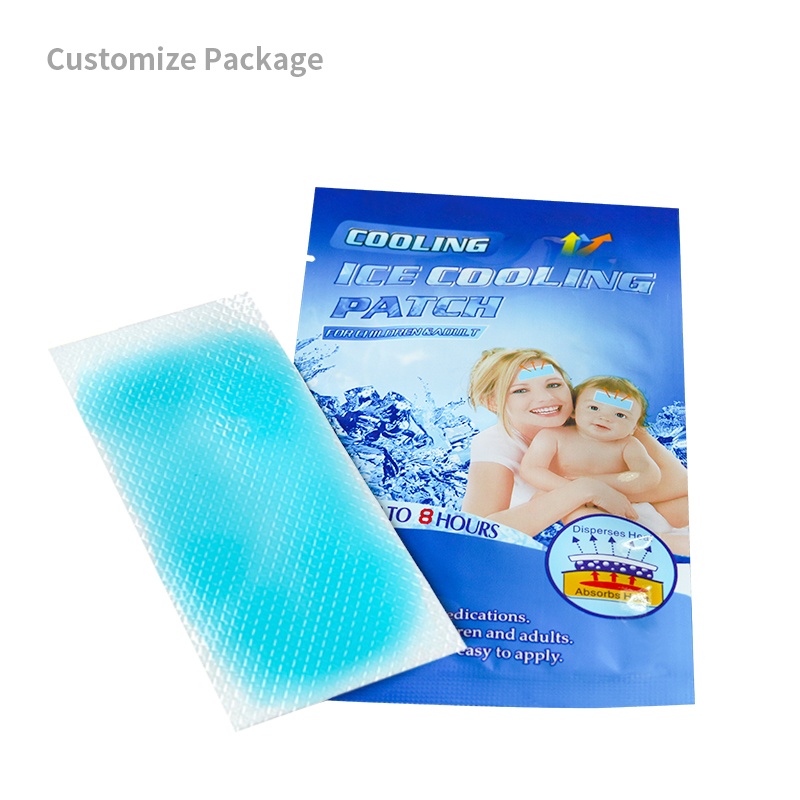Transdermal Gel Patch Manufacturer: An Insight into Custom Patch Production
Transdermal Gel Patch Manufacturer: An Insight into Custom Patch Production
Transdermal gel patches have emerged as a revolutionary drug delivery system, offering a controlled and sustained release of active ingredients through the skin. As the demand for these patches continues to grow, the role of transdermal gel patch manufacturers becomes increasingly significant. This article delves into the nuances of transdermal patch production, highlighting the intricacies involved in manufacturing custom patches.
1. The Basics of Transdermal Patch Technology
Transdermal patches are adhesive-backed medicated patches designed to deliver drugs through the skin into the bloodstream. The key advantage of this method is its ability to provide a constant and controlled release of medication, eliminating the need for frequent dosing. The patches are typically composed of several layers, including a reservoir layer containing the active drug, a rate-controlling membrane, and an adhesive layer for skin attachment.
2. The Role of Transdermal Gel Patch Manufacturers
Transdermal gel patch manufacturers specialize in the development, production, and quality control of these patches. They possess the necessary expertise and equipment to handle the complex process of patch manufacturing, from initial conceptualization to final product release. Manufacturers work closely with pharmaceutical companies and other stakeholders to understand the specific requirements of the patches, including the choice of active ingredients, the desired release rate, and the patch's dimensions and shape.
3. Custom Transdermal Patch Manufacturing
Custom transdermal patches are designed to meet the unique needs of individual patients or specific therapeutic applications. Manufacturers offer customization options in terms of the patch's size, shape, drug loading, and release profile. This customization requires a deep understanding of pharmacology, dermatology, and materials science. Manufacturers often collaborate with research institutions and clinicians to develop novel patch formulations and optimize their performance.
4. Quality Control and Regulatory Compliance
Ensuring the safety and effectiveness of transdermal patches is paramount. Manufacturers adhere to strict quality control measures throughout the manufacturing process, from raw material testing to final product inspection. They also comply with regulatory requirements set by various agencies, such as the Food and Drug Administration (FDA) in the United States, ensuring that their patches meet the necessary safety and quality standards.
5. Future Trends and Challenges
As technology advances, transdermal gel patch manufacturers are exploring new avenues to improve patch performance and expand their therapeutic applications. This includes the development of patches with enhanced adhesion properties, improved drug stability, and the ability to deliver multiple drugs simultaneously. However, manufacturers also face challenges such as the high cost of research and development, stringent regulatory requirements, and competition from alternative drug delivery systems.
In conclusion, transdermal gel patch manufacturers play a crucial role in the development and production of custom patches. Their expertise and commitment to quality ensure that these patches provide a safe and effective means of drug delivery, benefiting patients worldwide. As the field continues to evolve, manufacturers will need to adapt to new challenges and seize opportunities to innovate and expand their offerings.






